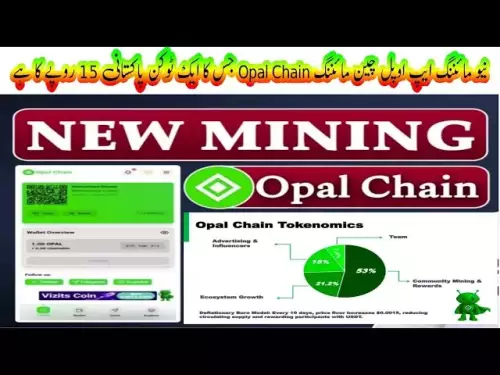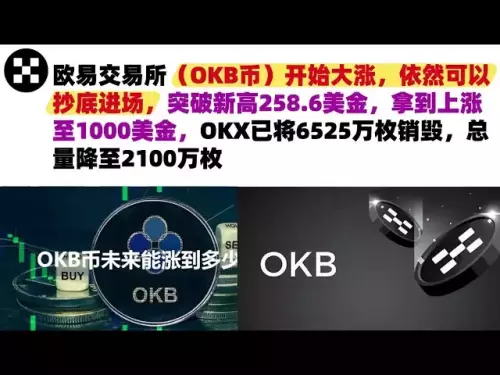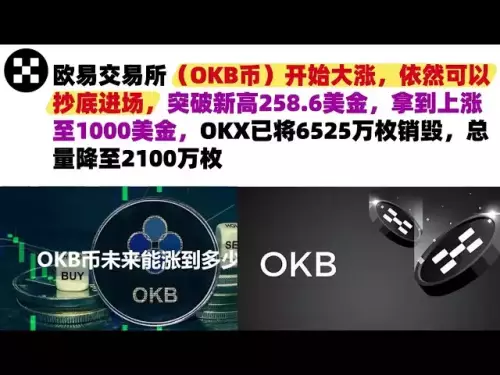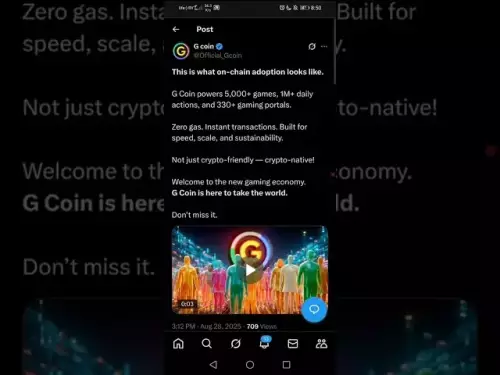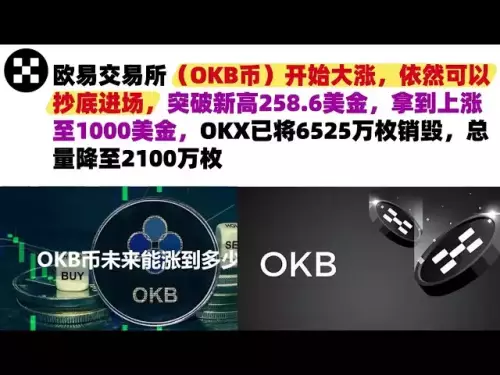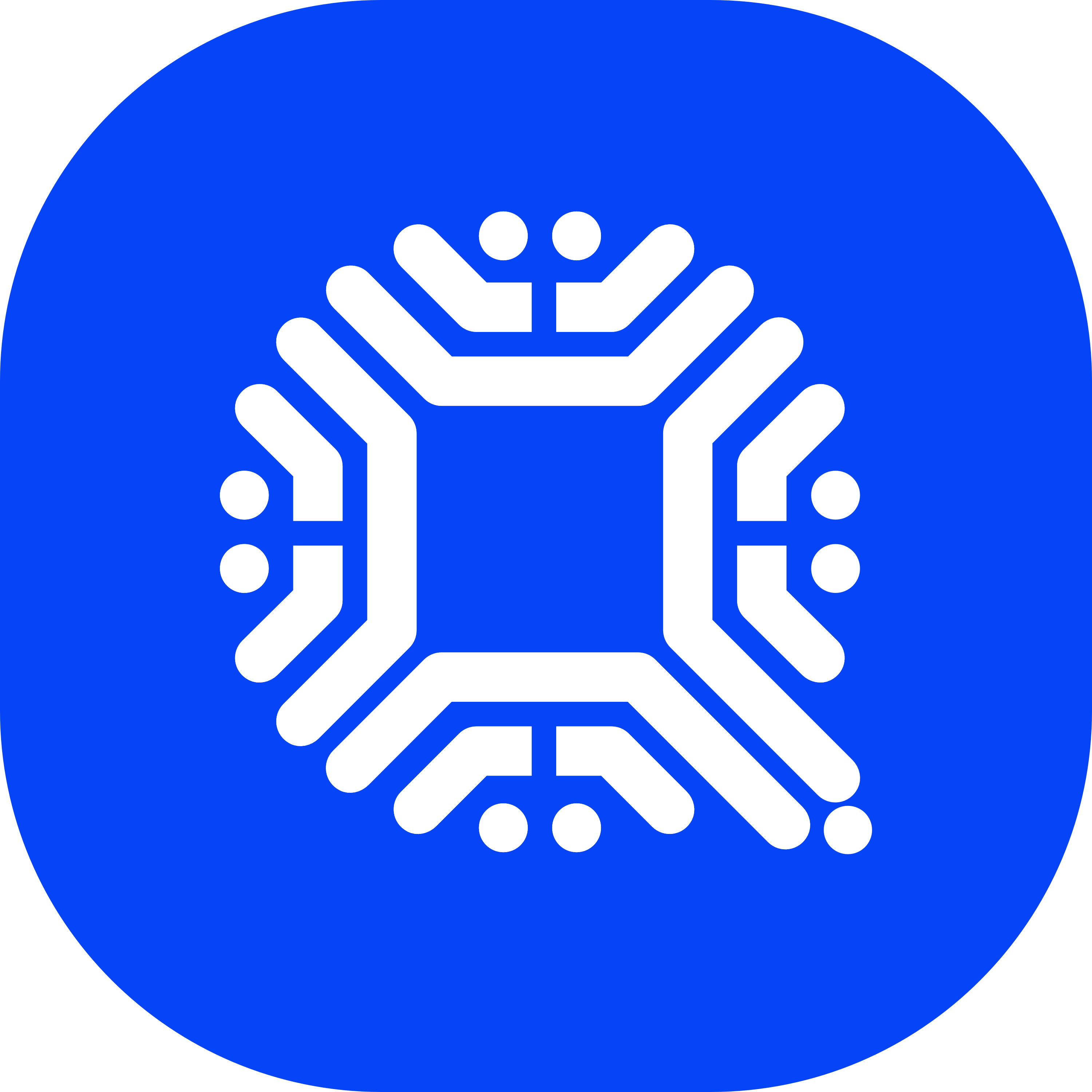-
 Bitcoin
Bitcoin $108900
0.46% -
 Ethereum
Ethereum $4373
0.96% -
 Tether USDt
Tether USDt $1.000
-0.01% -
 XRP
XRP $2.808
-1.19% -
 BNB
BNB $858.6
-0.17% -
 Solana
Solana $201.0
-3.00% -
 USDC
USDC $0.9998
-0.01% -
 Dogecoin
Dogecoin $0.2161
0.88% -
 TRON
TRON $0.3379
0.94% -
 Cardano
Cardano $0.8227
-0.84% -
 Chainlink
Chainlink $23.39
-0.59% -
 Hyperliquid
Hyperliquid $44.08
-1.97% -
 Ethena USDe
Ethena USDe $1.001
0.01% -
 Sui
Sui $3.305
-0.25% -
 Stellar
Stellar $0.3558
-1.34% -
 Bitcoin Cash
Bitcoin Cash $544.8
1.89% -
 Cronos
Cronos $0.3127
13.43% -
 Avalanche
Avalanche $23.88
1.03% -
 Hedera
Hedera $0.2253
-0.58% -
 UNUS SED LEO
UNUS SED LEO $9.500
0.68% -
 Litecoin
Litecoin $110.5
0.03% -
 Toncoin
Toncoin $3.132
1.74% -
 Shiba Inu
Shiba Inu $0.00001242
2.17% -
 Uniswap
Uniswap $9.754
1.80% -
 Polkadot
Polkadot $3.785
-0.02% -
 Dai
Dai $1.000
0.00% -
 Bitget Token
Bitget Token $4.539
0.24% -
 Aave
Aave $314.9
0.87% -
 Monero
Monero $257.9
-1.32% -
 Ethena
Ethena $0.6606
1.38%
How to place a limit order on Binance?
On Binance, limit orders let you buy or sell crypto at a specific price, offering control and precision, but won't execute unless the market reaches your set price.
Aug 30, 2025 at 06:01 pm
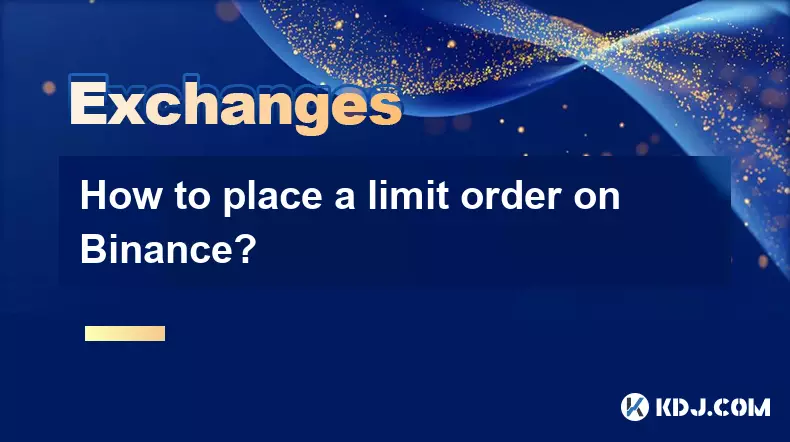
Understanding Limit Orders on Binance
1. A limit order allows traders to set a specific price at which they are willing to buy or sell a cryptocurrency. This type of order will only execute when the market price reaches the predefined level. Unlike market orders, which execute immediately at the current market price, limit orders give users greater control over their trade execution.
2. On Binance, placing a limit order is a straightforward process accessible through both the web platform and the mobile application. Users must first ensure their account is verified and has sufficient funds in the desired trading pair. The trading interface provides real-time data on order books, recent trades, and price charts to assist in decision-making.
3. Traders should be aware that a limit order may not execute if the market does not reach the specified price. This can be both an advantage and a limitation, depending on market volatility and the accuracy of the price target set by the user.
4. Binance supports various order types, but limit orders remain one of the most popular due to their precision. They are especially useful in volatile markets where sudden price swings can lead to unfavorable executions with market orders.
5. Before placing a limit order, users should analyze current market conditions, review historical price movements, and consider setting stop-limit orders to manage risk effectively.
Steps to Place a Limit Order on Binance
1. Log in to your Binance account via the official website or mobile app. Navigate to the 'Trade' section and select 'Classic' or 'Advanced' mode depending on your preference.
2. Choose the trading pair you wish to trade, such as BTC/USDT or ETH/BUSD. The chart and order book will update to reflect the selected pair.
3. In the order panel on the right, select 'Limit' from the order type options. This will enable price and quantity fields for manual input.
4. Enter the desired price at which you want to buy or sell. This price must be specified in the quote currency (e.g., USDT for BTC/USDT). Ensure it aligns with your trading strategy and current market spread.
5. Input the quantity of the cryptocurrency you wish to trade. You can type it manually or use percentage buttons (e.g., 25%, 50%) to allocate a portion of your available balance.
6. Review the estimated total cost, which is calculated by multiplying price and quantity. Confirm that your wallet has enough funds to cover the transaction.
7. Click 'Buy' or 'Sell' to submit the order. The order will appear in the 'Open Orders' section and remain active until filled, canceled, or expired.
Fees and Execution Considerations
1. Binance charges a fee for each executed trade, typically lower for users who pay with BNB. The standard fee is around 0.1% for makers and takers, though volume-based discounts apply.
2. Limit orders placed below the current market price (for buys) or above it (for sells) are considered maker orders if they add liquidity. These often incur lower fees compared to taker orders.
3. Execution speed depends on market depth and how close the limit price is to the current market rate. Orders set far from the current price may remain unfilled for extended periods.
4. Partial fills are possible. If only a portion of your order matches with available liquidity, the remainder stays open until fully executed or canceled.
5. Network congestion or sudden price movements can impact order execution, especially during high-volatility events like major news releases or exchange outages.
Managing Active Limit Orders
1. After placing a limit order, monitor its status in the 'Open Orders' tab. You can view all pending orders and their details, including price, quantity, and time of placement.
2. To cancel an order, locate it in the open orders list and click the 'Cancel' button. The unfilled portion of the asset or currency will be released back to your spot wallet.
3. Binance allows users to modify orders by canceling and re-entering them with updated parameters, as direct editing is not supported.
4. Set price alerts or use the platform’s notification system to stay informed when your limit price is approached, especially if trading on mobile.
5. Consider using time-in-force options like 'Good 'Til Canceled' (GTC) or 'Immediate or Cancel' (IOC) when available, to define how long your order remains active.
Frequently Asked Questions
What happens if my limit order is not filled?Unfilled limit orders remain active until the specified price is reached or until you manually cancel them. They do not expire unless a time-in-force setting like IOC is applied.
Can I place a limit order on Binance without any funds?No. You must have sufficient balance in the base or quote currency to place a buy or sell limit order. The system checks available funds before accepting the order.
Do limit orders guarantee execution?No. A limit order guarantees price but not execution. It only fills if market conditions meet your specified price and available matching orders exist.
Is there a minimum amount for a limit order on Binance?Yes. Binance enforces minimum trade amounts that vary by trading pair. For example, the minimum for BTC/USDT is typically 0.0001 BTC. Check the trading rules for each pair to avoid rejection.
Disclaimer:info@kdj.com
The information provided is not trading advice. kdj.com does not assume any responsibility for any investments made based on the information provided in this article. Cryptocurrencies are highly volatile and it is highly recommended that you invest with caution after thorough research!
If you believe that the content used on this website infringes your copyright, please contact us immediately (info@kdj.com) and we will delete it promptly.
- Elon Musk, Dogecoin, and the Treasury Firm: A New Chapter?
- 2025-08-30 23:05:15
- Dogecoin, Elon Musk, and the Price Slump: What's the Deal?
- 2025-08-31 00:05:13
- Kaspa Smart Contracts: Why the Delay Might Be a Genius Move
- 2025-08-31 00:10:13
- Gateio, BLOCKST, and Blockchain Launches: What's the Buzz?
- 2025-08-31 00:15:12
- Ethereum, Stocks, and NFTs: Navigating the Tipping Point in 2025
- 2025-08-30 22:45:29
- Bitcoin Price Under Pressure: Support Levels and Analyst Forecasts
- 2025-08-30 22:50:12
Related knowledge
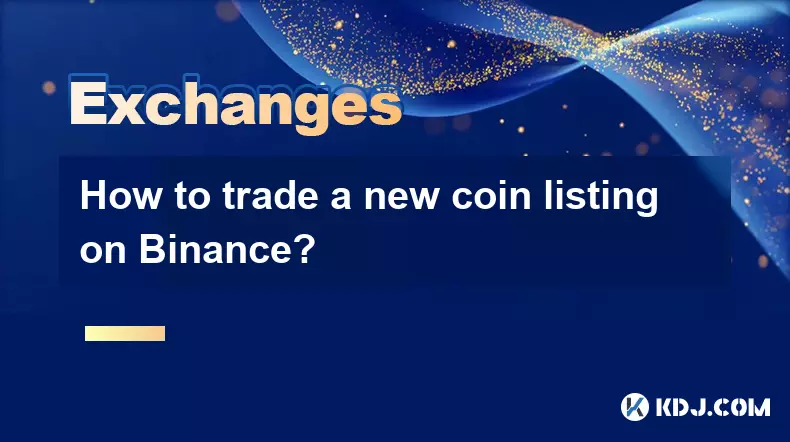
How to trade a new coin listing on Binance?
Aug 29,2025 at 11:14am
Understanding the Pre-Listing Phase1. Research the project thoroughly before any listing announcement. Whitepapers, team backgrounds, and community se...
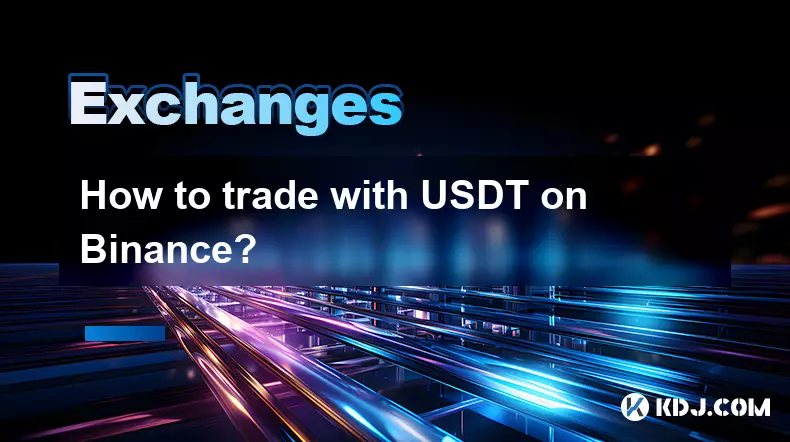
How to trade with USDT on Binance?
Aug 30,2025 at 02:19am
Getting Started with USDT Trading on Binance1. Create and verify your Binance account. Visit the official Binance website and complete the registratio...
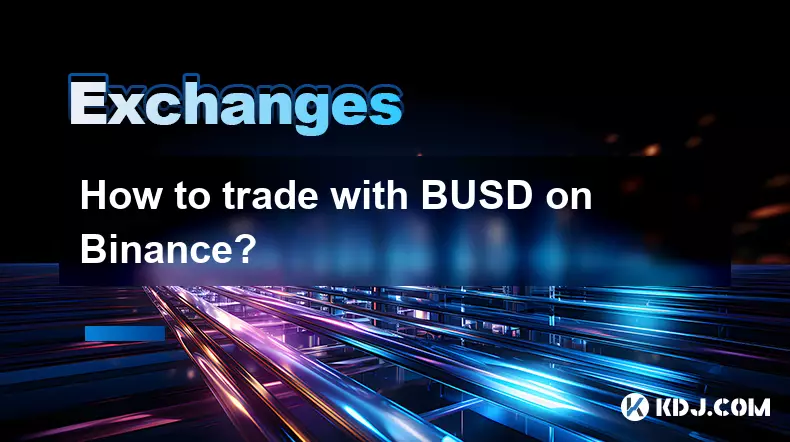
How to trade with BUSD on Binance?
Aug 30,2025 at 07:42am
Understanding BUSD and Its Role in Binance Trading1. BUSD, or Binance USD, is a stablecoin pegged to the value of the U.S. dollar, meaning 1 BUSD is a...
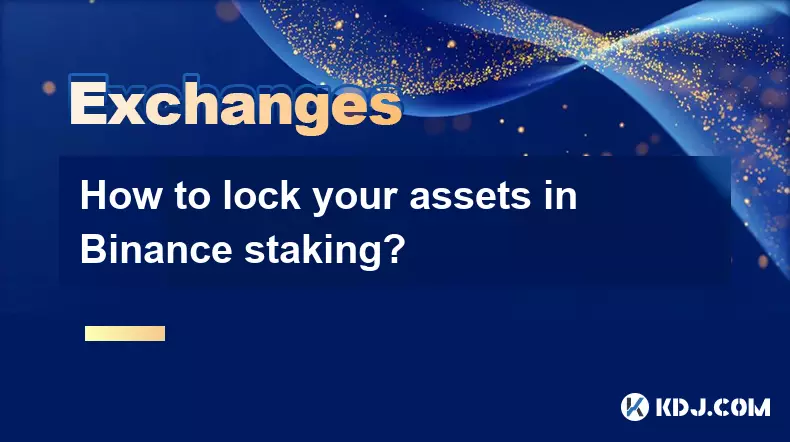
How to lock your assets in Binance staking?
Aug 30,2025 at 01:37pm
Understanding Binance Staking Options1. Binance offers multiple staking products including Locked Staking, DeFi Staking, and Liquid Staking. Each prod...
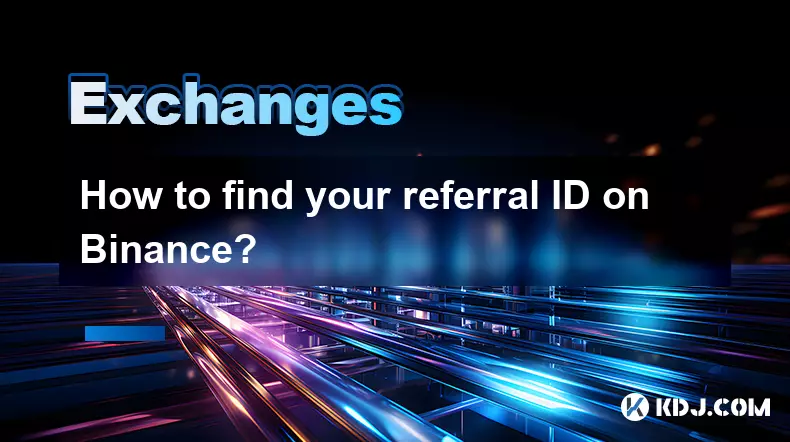
How to find your referral ID on Binance?
Aug 30,2025 at 12:18am
Understanding the Importance of a Referral ID on Binance1. A referral ID on Binance is a unique identifier assigned to each user who participates in t...
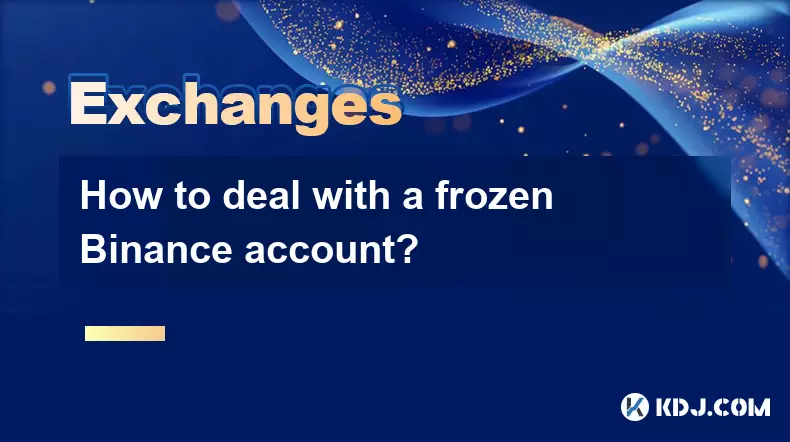
How to deal with a frozen Binance account?
Aug 30,2025 at 05:52am
Understanding the Reasons Behind a Frozen Binance Account1. Accounts on Binance may be frozen due to security concerns, especially after unusual login...

How to trade a new coin listing on Binance?
Aug 29,2025 at 11:14am
Understanding the Pre-Listing Phase1. Research the project thoroughly before any listing announcement. Whitepapers, team backgrounds, and community se...

How to trade with USDT on Binance?
Aug 30,2025 at 02:19am
Getting Started with USDT Trading on Binance1. Create and verify your Binance account. Visit the official Binance website and complete the registratio...

How to trade with BUSD on Binance?
Aug 30,2025 at 07:42am
Understanding BUSD and Its Role in Binance Trading1. BUSD, or Binance USD, is a stablecoin pegged to the value of the U.S. dollar, meaning 1 BUSD is a...

How to lock your assets in Binance staking?
Aug 30,2025 at 01:37pm
Understanding Binance Staking Options1. Binance offers multiple staking products including Locked Staking, DeFi Staking, and Liquid Staking. Each prod...

How to find your referral ID on Binance?
Aug 30,2025 at 12:18am
Understanding the Importance of a Referral ID on Binance1. A referral ID on Binance is a unique identifier assigned to each user who participates in t...

How to deal with a frozen Binance account?
Aug 30,2025 at 05:52am
Understanding the Reasons Behind a Frozen Binance Account1. Accounts on Binance may be frozen due to security concerns, especially after unusual login...
See all articles





















